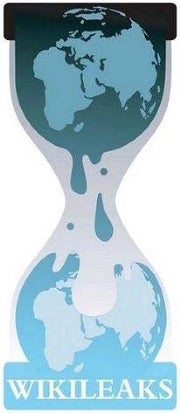Bracing up to launch a major space module tomorrow to experiment with first docking system of its space station to catch up with US and Russia, China today said it would launch its second manned space mission next year.
China is going to conduct another manned space mission by 2012, Ms Wu Ping, spokesperson for the China manned space program told reporters at the Jiuquan satellite launch centre located in Gobi desert. China plans to launch spaceships Shenzhou-9 and Shenzhou-10, which are expected to dock with China's first space lab module, Tiangong-1, (Heavenly Palace) launched last month. She said Shenzhou-8, the unmanned test module would be launched early morning tomorrow to dock with Tiangong-1. "At least one mission of the two (Shenzhou-9 and Shenzhou-10) will be manned," Ms Wu said.
The crew members have already been selected for the possible space docking mission in 2012 and are being trained for manual docking skills, Ms Wu said.
Before the manned flight, China has to test the know how on space docking by launching the unmanned Shenzhou-8 tomorrow and connecting it with the target orbiter Tiangong-1. She said the maneuver to connect the two modules could be risky and fraught with dangers.
"It is fairly difficult and risky to link up two vehicles travelling at high speeds in orbit, with a margin of error of no more than 20 centimetres," Ms Wu said.
There were incidents of collisions between space vehicles in the early days of docking attempts, and recent docking missions involving the International Space Station did not always run smoothly, Ms Wu said.
Nearly 100 contingency plans have been prepared and exercised to address problems that may occur during the mission, Ms Wu said, adding that all people involved in the mission are confident about a successful docking.
"Although the Shenzhou-8 is unmanned, we equip the spacecraft with devices recording real images and mechanical parameters during its flight, both of which are vital to future manned missions," Ms Wu said.
Significantly the Chinese and German space scientists will conduct different experiments on Shenzhou-8. "Among the research programs, 10 will be dominated by China and six by Germany, and the two sides will jointly carry out one program... It is the first time for China's manned space program to carry out international cooperation in the field of space life science," Ms Wu said.
News from - http://news.in.msn.com/international/article.aspx?cp-documentid=5554255






